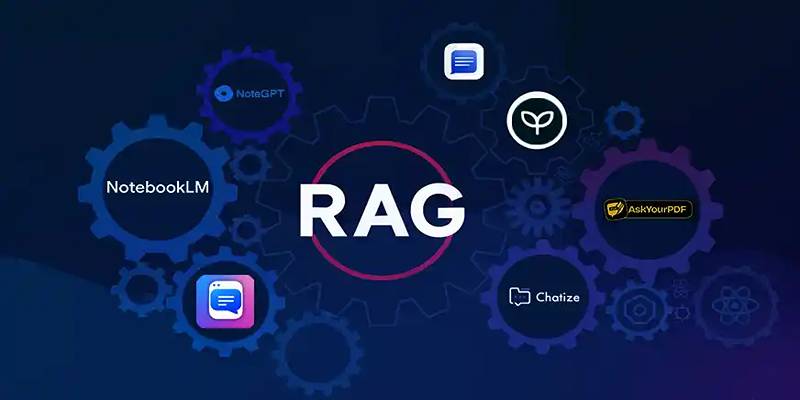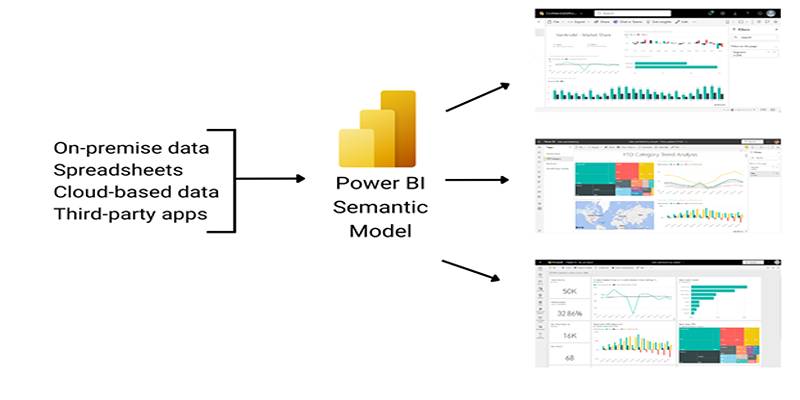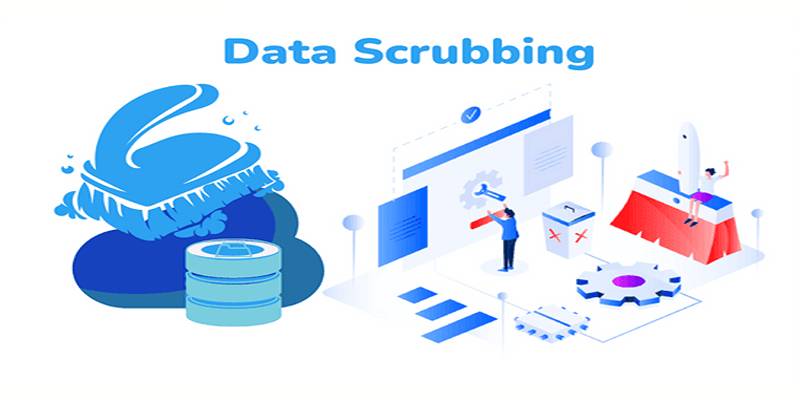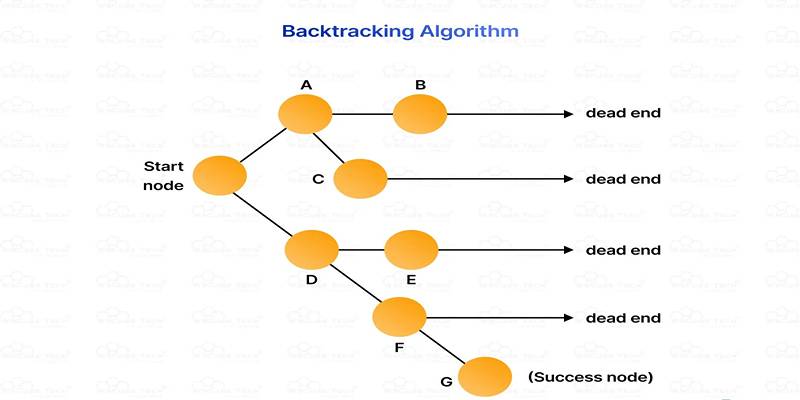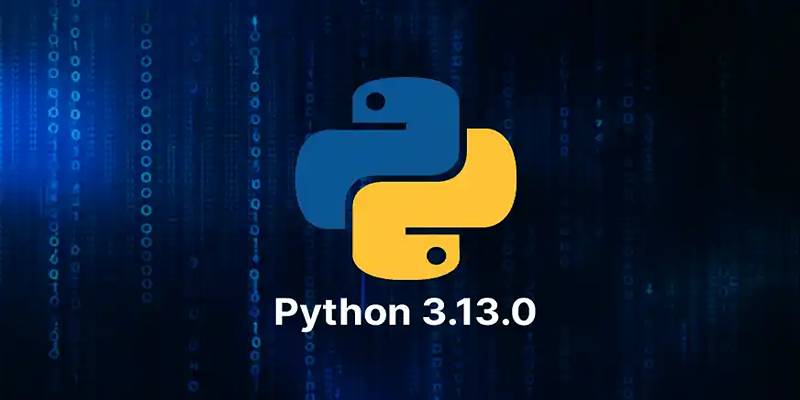Data plays a major role in decision-making, analytics, and automation. However, data in its raw form is rarely perfect. It may be inconsistent, duplicated, incorrectly formatted, or even just plain wrong. This is where data scrubbing comes into play.
Data scrubbing is a more intense and systematic process than basic cleaning. It goes beyond fixing a few typos or formatting errors—it aims to make the data accurate, consistent, and trustworthy for any analytical process or computational use. This guide will walk you through what data scrubbing is, how it works, and why it matters for maintaining data quality.
Data Scrubbing vs. Data Cleaning
While the terms are often used interchangeably, there's a subtle but important difference between data cleaning and data scrubbing.
- Data Cleaning involves fixing minor, obvious issues like spelling errors, misplaced decimal points, or inconsistent capitalization.
- Data Scrubbing includes everything in data cleaning but goes further. It applies logic-based checks, de-duplication, validation, and even structural corrections to align the dataset with defined standards.
Think of data cleaning as tidying up a room, while data scrubbing is more like a deep cleanse to remove grime you didn’t even realize was there.
Key Issues Solved by Data Scrubbing
During the scrubbing process, several types of data errors are targeted:
- Inaccuracies: Values that are incorrect or outdated.
- Duplicates: Repeated entries that inflate data and skew analysis.
- Formatting Issues: Misaligned formats that prevent proper processing.
- Null or Missing Data: Empty fields that need to be filled, flagged, or removed.
- Inconsistencies: Conflicting values for the same variable across records.
The goal is to eliminate these errors and ensure that every data point in the dataset adheres to predetermined rules and standards.
Core Steps in the Data Scrubbing Process

Data scrubbing typically involves a sequence of structured steps:
1. Data Profiling
This step involves examining the dataset to understand its structure, patterns, and content. Profiling highlights where the most critical problems lie—such as excessive null values, unexpected data types, or inconsistent patterns.
2. Defining Standards
Before cleaning begins, clear rules and data quality metrics are defined. This might include rules for formatting dates, acceptable value ranges, and what constitutes a duplicate.
3. Error Detection
Using algorithms or validation scripts, the scrubbing tool scans the dataset for issues based on the defined standards. Errors can be flagged for correction or removal.
4. Correction or Removal
Depending on the severity of the issue, the flagged data may be corrected, replaced, or deleted entirely. Automated tools often assist in applying these decisions consistently.
5. Final Validation
A clean dataset is checked against the original standards once more to ensure that all corrections have been properly applied. A quality score or error log may be generated for auditing purposes.
Benefits of Data Scrubbing
The advantages of data scrubbing are far-reaching. It’s not just about tidying up your spreadsheets—it has a direct impact on how effectively and accurately data can be used. Here are some notable benefits:
- Improved Accuracy: Errors and inconsistencies are corrected, leading to better analytical outcomes.
- Consistency: Standard formats and values are applied across the dataset.
- Efficiency: Clean data reduces the time spent troubleshooting errors later in the process.
- Compliance: Adhering to internal data standards becomes easier.
- Optimization: Removing unnecessary or redundant entries makes the data lighter and faster to process.
Data Scrubbing Techniques
Data scrubbing isn't a one-size-fits-all task—it involves a range of targeted techniques that address different types of data issues. Each technique plays a role in ensuring that the dataset is not just clean, but also reliable and ready for further use.
- Standardization: This technique ensures uniformity in data formats and naming conventions. For example, entries like “NY,” “N.Y.,” and “New York” can all be standardized to a single, consistent format. This helps eliminate confusion and improves the accuracy of grouping and reporting.
- Deduplication: Duplicate records can skew analysis or inflate figures. Deduplication helps detect and either merge or eliminate repeated entries by comparing key identifiers, such as names, IDs, or timestamps.
- Field Validation: Field validation ensures that data entries meet specific criteria or data types. It checks whether the format of a phone number, email, or numerical field is correct, and flags invalid inputs for correction.
- Outlier Detection: This technique highlights values that deviate significantly from the norm, such as unusually high sales figures or negative age values, which often point to data entry errors.
- Normalization: When data comes from different sources, normalization converts values to a common unit or format, aligning scale, units, and measurement systems across the dataset.
Together, these techniques form the core of an effective scrubbing strategy.
Manual vs. Automated Scrubbing
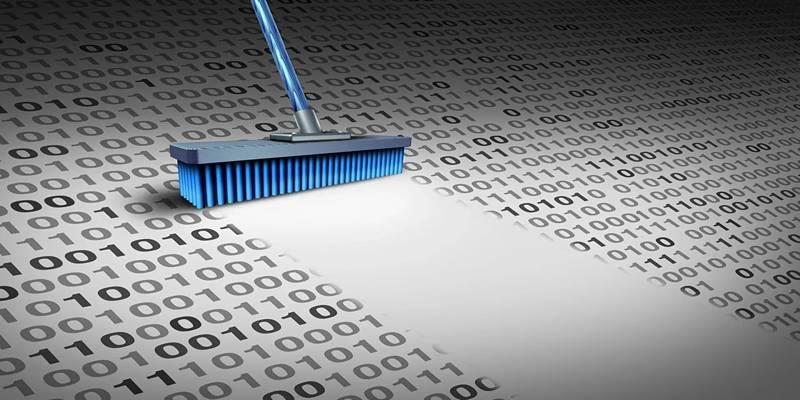
While it’s possible to manually inspect and fix small datasets, most modern scrubbing tasks are performed with software tools. Manual scrubbing is time-consuming and error-prone, especially with large-scale data.
Automated tools, on the other hand, allow users to define validation rules, track changes, and generate reports—all while handling thousands (or millions) of records with high speed and consistency.
Popular data scrubbing platforms include both open-source tools and enterprise-level solutions. Each offers unique features like multi-language support, integration with databases, and visual interfaces for ease of use.
When Should You Scrub Your Data?
Regular scrubbing should be part of any structured data management workflow. It’s best to perform scrubbing:
- Before importing data into analytics tools
- When migrating from one system to another
- After merging data from multiple sources
- On a scheduled basis (e.g., quarterly or semi-annually)
Even if your data is generated internally, small errors tend to accumulate over time. Periodic scrubbing ensures that datasets remain clean and usable in the long term.
Conclusion
Data scrubbing is a critical part of maintaining high-quality, trustworthy datasets. While often mistaken for basic cleaning, it provides a deeper, more structured approach to identifying and eliminating errors at the root.
By scrubbing your data regularly, you ensure that it meets internal standards, performs well in analytics, and avoids costly mistakes. Clean data is the foundation of smart decision-making, and scrubbing is the tool that keeps it solid.



